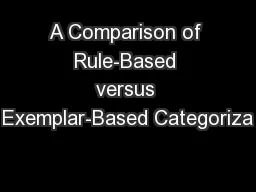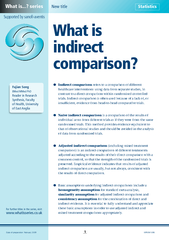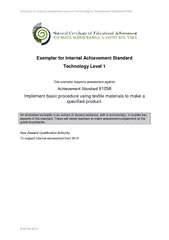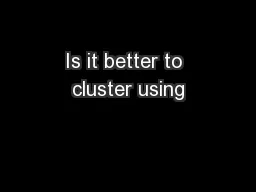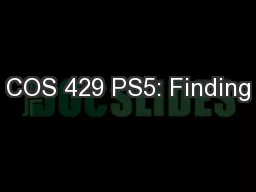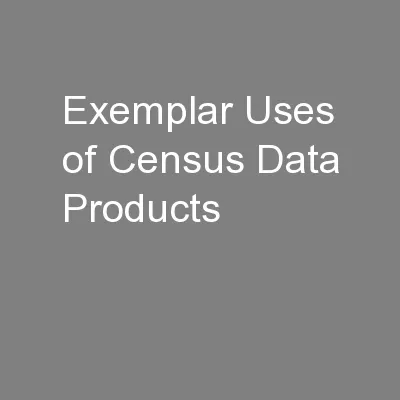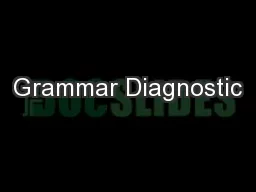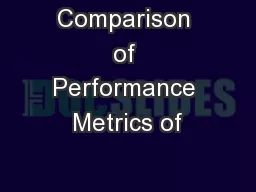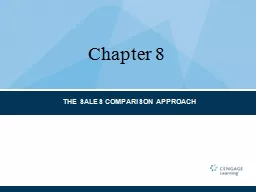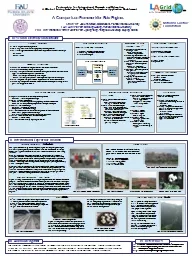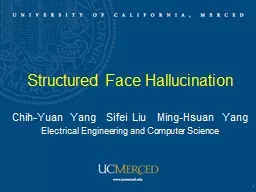PPT-A Comparison of Rule-Based versus Exemplar-Based Categoriza
Author : kittie-lecroy | Published Date : 2016-04-09
Matthew F RUTLEDGETAYLOR Christian LEBIERE Robert THOMSON James STASZEWSKI and John R ANDERSON Carnegie Mellon University Pittsburgh PA USA 19th Annual ACTR
Presentation Embed Code
Download Presentation
Download Presentation The PPT/PDF document "A Comparison of Rule-Based versus Exempl..." is the property of its rightful owner. Permission is granted to download and print the materials on this website for personal, non-commercial use only, and to display it on your personal computer provided you do not modify the materials and that you retain all copyright notices contained in the materials. By downloading content from our website, you accept the terms of this agreement.
A Comparison of Rule-Based versus Exemplar-Based Categoriza: Transcript
Download Rules Of Document
"A Comparison of Rule-Based versus Exemplar-Based Categoriza"The content belongs to its owner. You may download and print it for personal use, without modification, and keep all copyright notices. By downloading, you agree to these terms.
Related Documents

